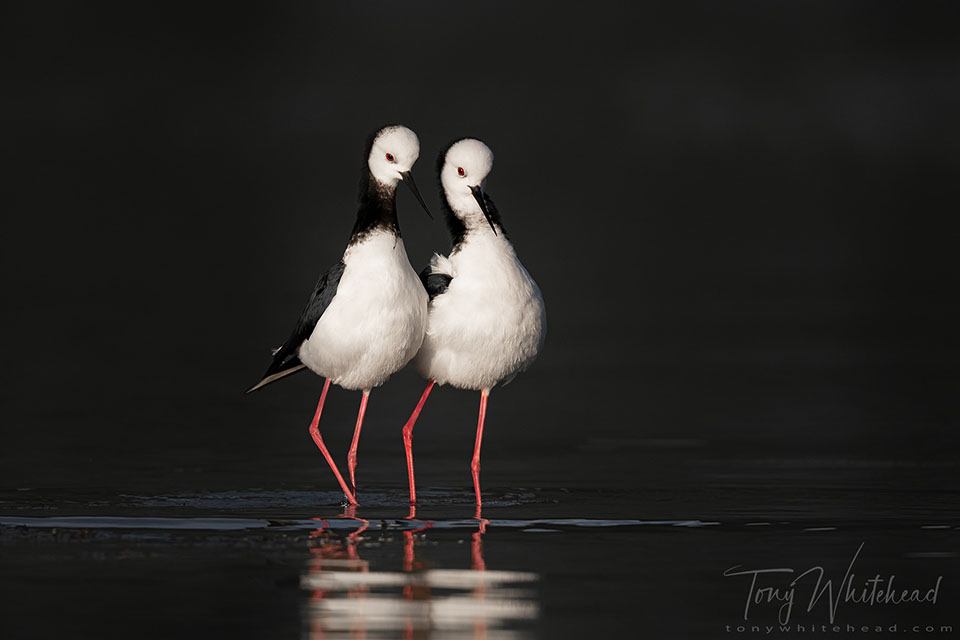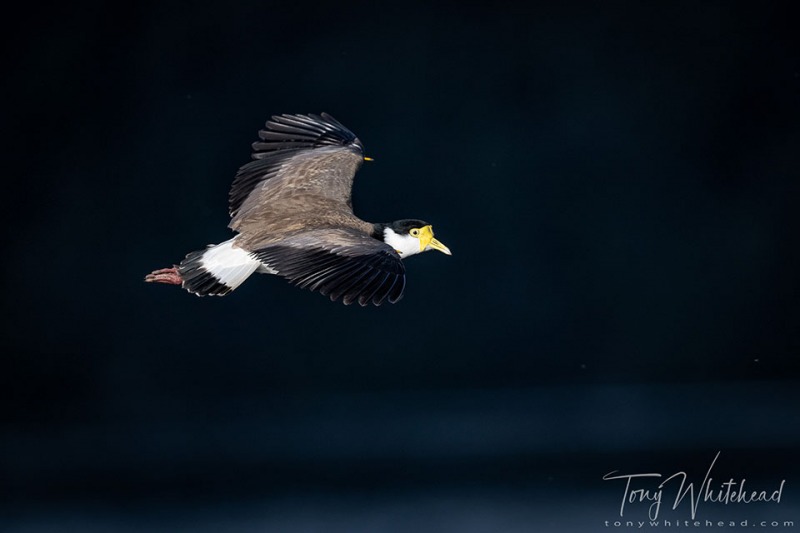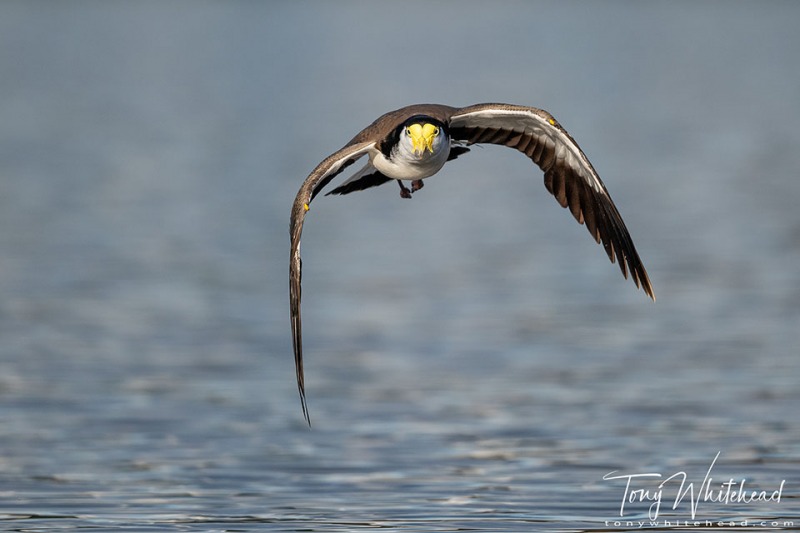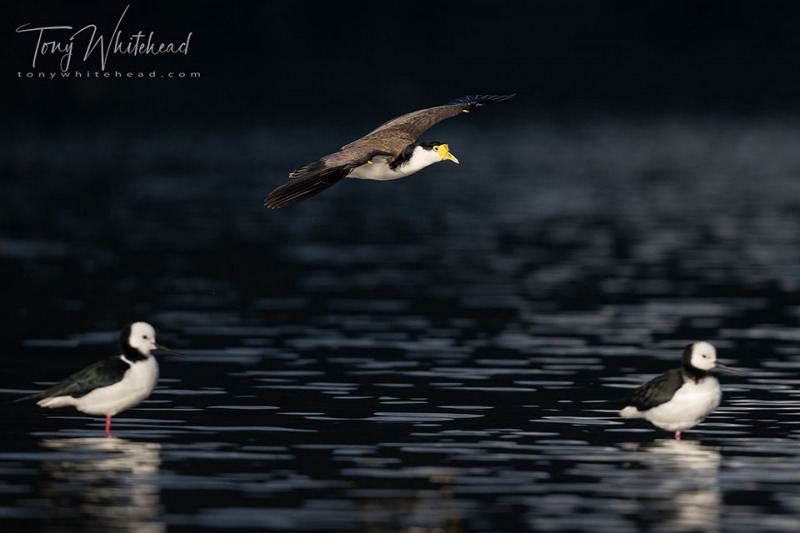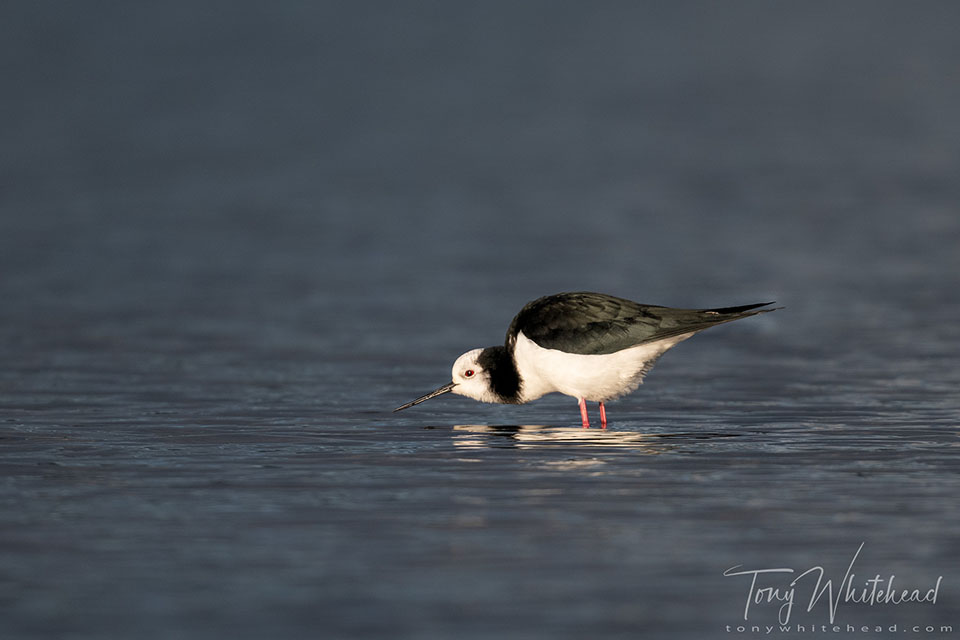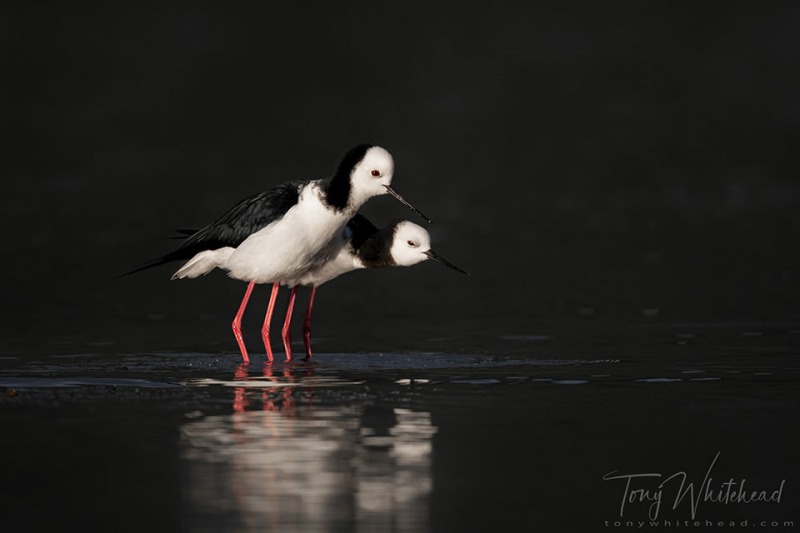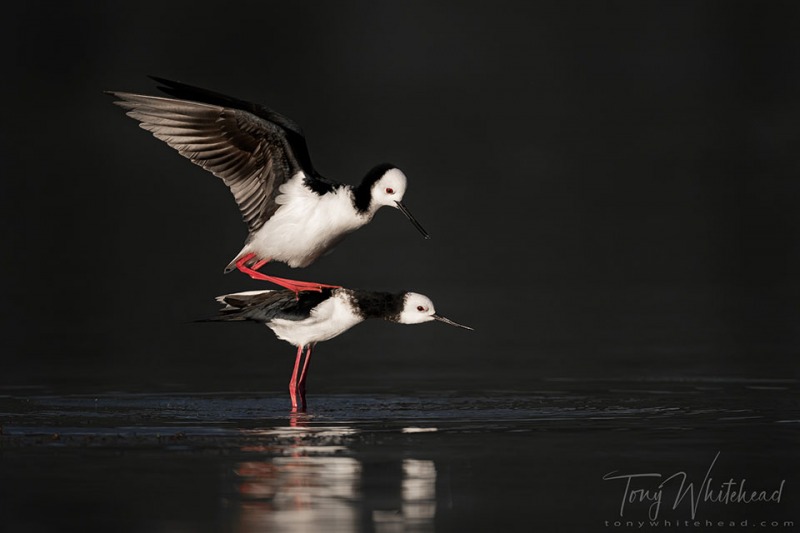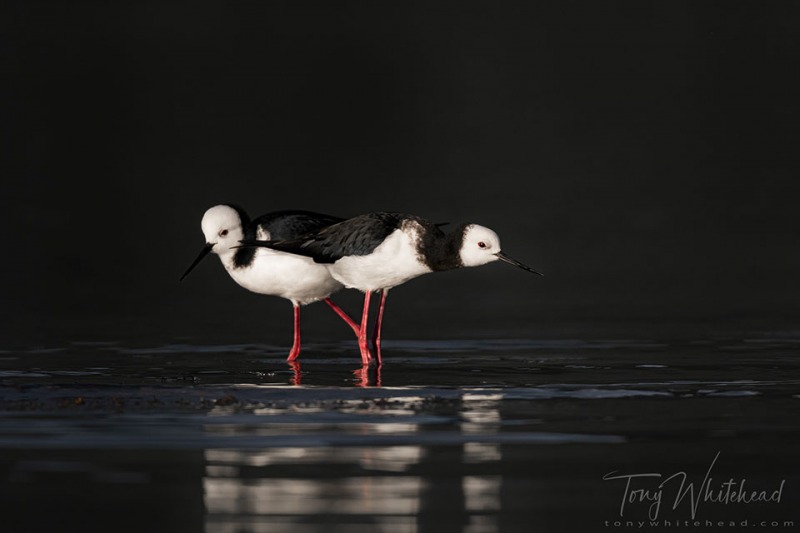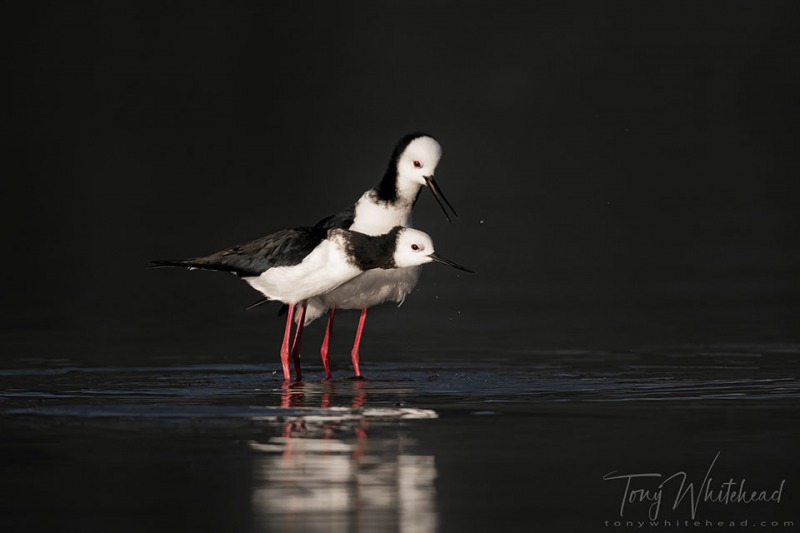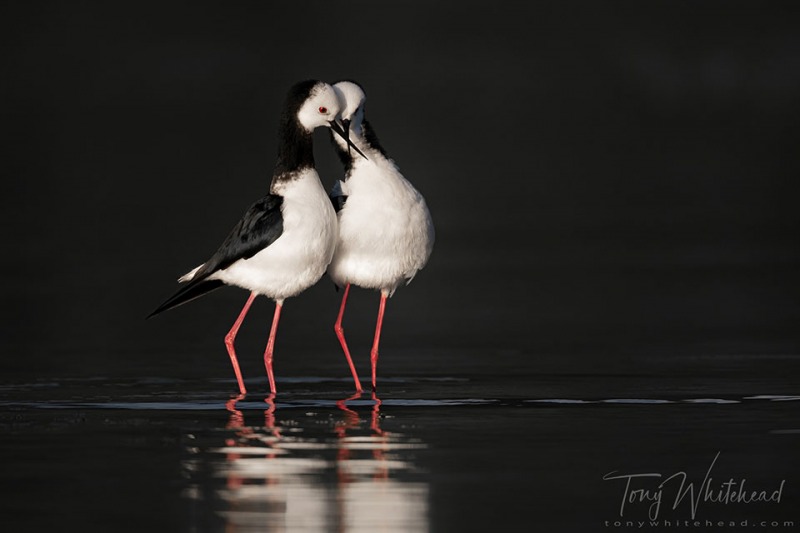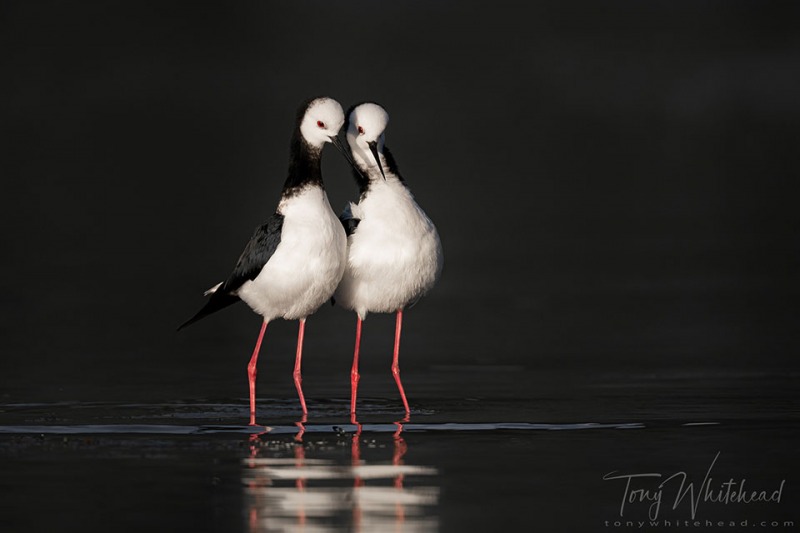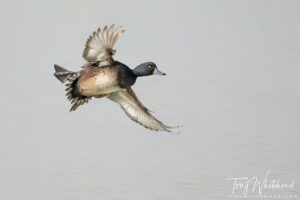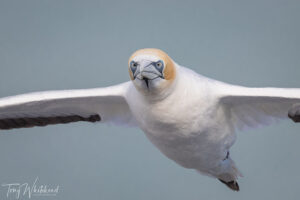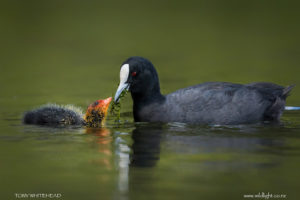My followers on Instagram and FaceBook will have recently seen a crop of the above image of Poaka/Pied Stilts which has been quite popular and received a fair bit of feedback including a comment that inspired the title. I have a good collection of Stilt images but this one is a little different so I thought I would share the story behind the image.
Lake Ōkareka is one of my favourite spots to visit for bird photography close to home. With our recent period in COVID-19 level 4 and 3 lockdown I had been unable to travel there so was looking forward to a visit. Pied Stilts are regular subjects and at this time of year are engaged in the normal springtime activities of pairing up and defending territories.
A common first question when being asked about a popular images is “what camera?” or “what lens did you use?” so we’ll get that out of the way first. Nikon D850 and Nikkor 500mm f5.6PF. To be fair any half decent DSLR or mirrorless camera would have been fine, in fact if I had been using my crop sensor D500 it would have put a few more pixels onto the birds. Regarding a lens, anything from a 300mm on a crop body to a reasonably priced Tamron or Sigma 100-400 or 150-600 zoom would have been perfectly adequate. You do not have to use a huge expensive telephoto for bird photography. They are useful for some situations but there are plenty of opportunities at shorter focal lengths too. For a couple of years my go to rig was a Nikon D500 with Nikkor 300mm f4PF and I used it for most of my bird work during that time. I have written before on the focus settings I use with my Nikon DSLR cameras for bird photography. I work almost exclusively in manual exposure mode but would have been happy in aperture priority with about minus 1.7-2 stops of exposure compensation for the static images but this would have been a disadvantage for flight shots with changing backgrounds.
More important in achieving this image was knowing the location and the subjects, sitting still and being patient. Planning began before leaving home by changing into drab brown/green clothes. Arriving at the lake I saw that the water level had risen since I was last there and that there were 3 pairs of Stilts occupying territories. One pair was at a common spot that gives the chance of a nice background with frontal light as the sun drops in the sky so I walked slowly down to the edge and concealed myself in front of a clump of reeds. Neoprene boots and waterproof bib overalls let me sit down on the wet margin and lean quite comfortably back onto the reeds which completely concealed my silhouette while giving me a clear view of the whole area in front of me. The effectiveness of my hiding in plain sight was confirmed by passing humans on the boardwalk being oblivious to my presence and a Masked Lapwing flying straight in and landing within a few metres of me. These birds are notoriously wary but I think it was only finally aware of me when it flew off and I moved my lens to track it’s departure.
The Stilt pairs were up to their usual territorial antics episodically flying toward each other to demarcate boundaries so would come and go from their resting place in front of me. I noticed that the female was adopting a receptive pose so expected that a mating sequence may happen despite the fact that the male seemed to have his mind more on pugilistic pastimes.
After returning from one of their dispute flights he finally noticed her and began the usual head bobbing and walking around from one side of her to the other prior to completing the mating sequence. The final act was them standing close side by side and though it lasted only seconds a couple of decent images resulted. This gallery shows some of the other images from the sequence.
So in the end, what was important in achieving this image wasn’t specifically the camera, lens or settings but being in a place where something interesting was likely to happen at a time when the light was likely to be good and then making sure to be there in a way that I could observe what was happening without my presence disturbing what was happening. It is often described as fieldcraft but I prefer to think of it simply as being in tune with nature, having a knowledge of the subject and an awareness of my surroundings to minimise my impact on the environment. A reasonable goal for life in general essentially.
